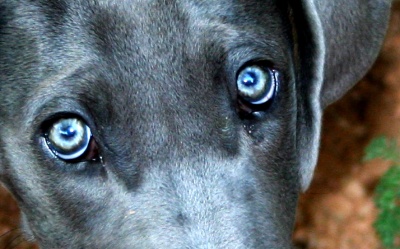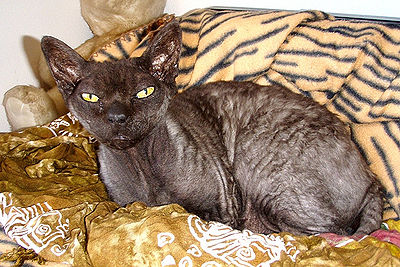
Nuclear Sclerosis, sometimes called Lenticular Sclerosis is similar in appearance to cataracts and glaucoma, as the eye becomes cloudy. One of the differences is that with Nuclear Sclerosis, vision is usually not significantly affected.
The parts of the eye concerned with nuclear sclerosis are: the cornea, the transparent tissue in front of the lens that covers the iris, the pupil and the anterior chamber (the fluid-filled space between the iris and cornea’s innermost surface). The cornea with the lens and the anterior chamber bends light providing fixed focusing for the eye. The lens curvature allows for adjusting focus.
Nuclear Sclerosis usually occurs in senior pets, dogs 6 years of age and older, cats at 8-9 years of age and older. The color of the eye appears to be grayish or bluish/white and hazy. It is part of the aging process and is not painful for the animal. There is no treatment, but your vet will monitor the condition’s progression.
If visual impairment does occur, steps can be taken to keep your pet safe. Don’t allow your pet to go outdoors alone, only with supervision. Keep stairways blocked. Try not to rearrange furniture. Keep the pet’s bed, food and water dishes, litterbox for the cat in their usual places. (See our article Lenticular Sclerosis).


